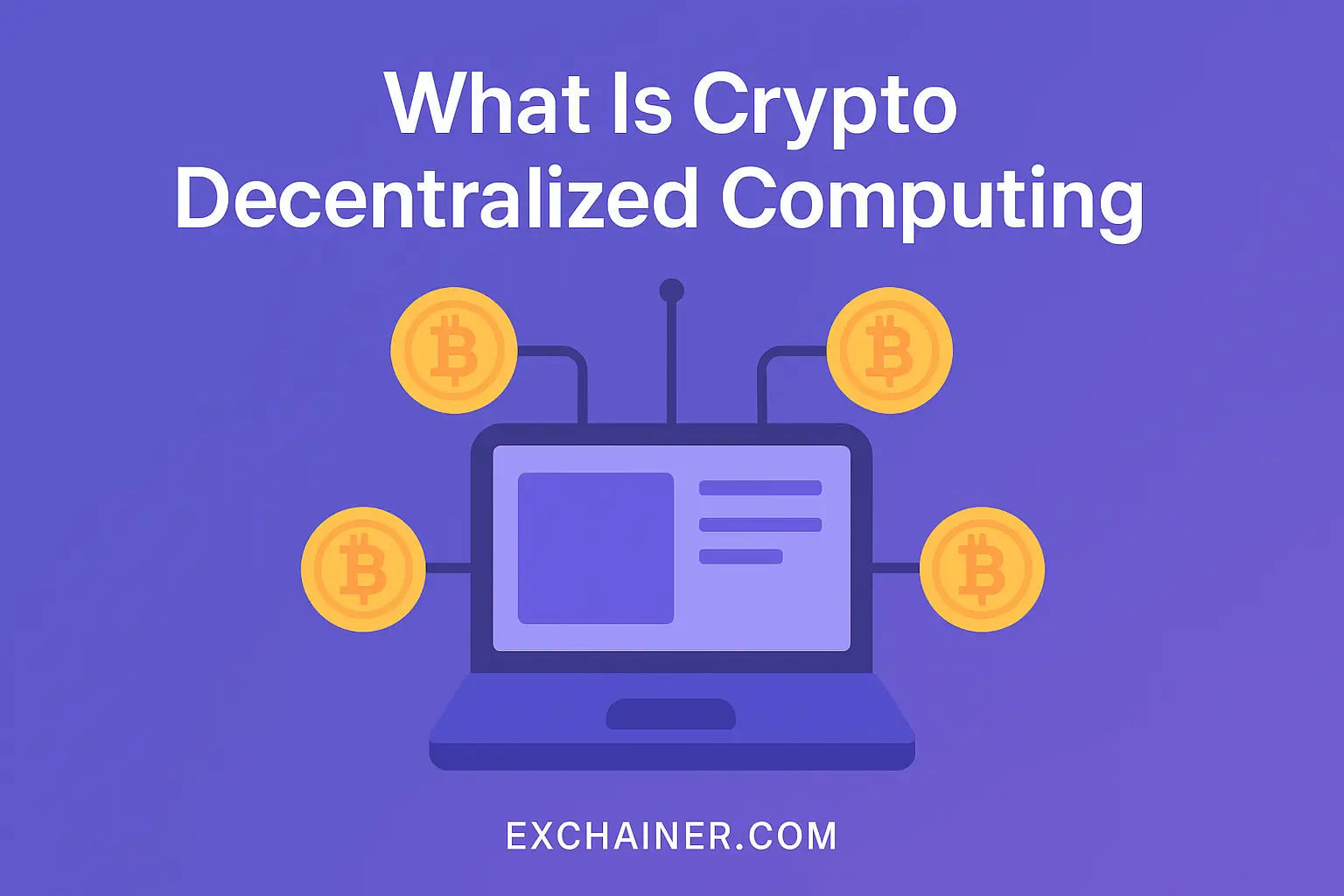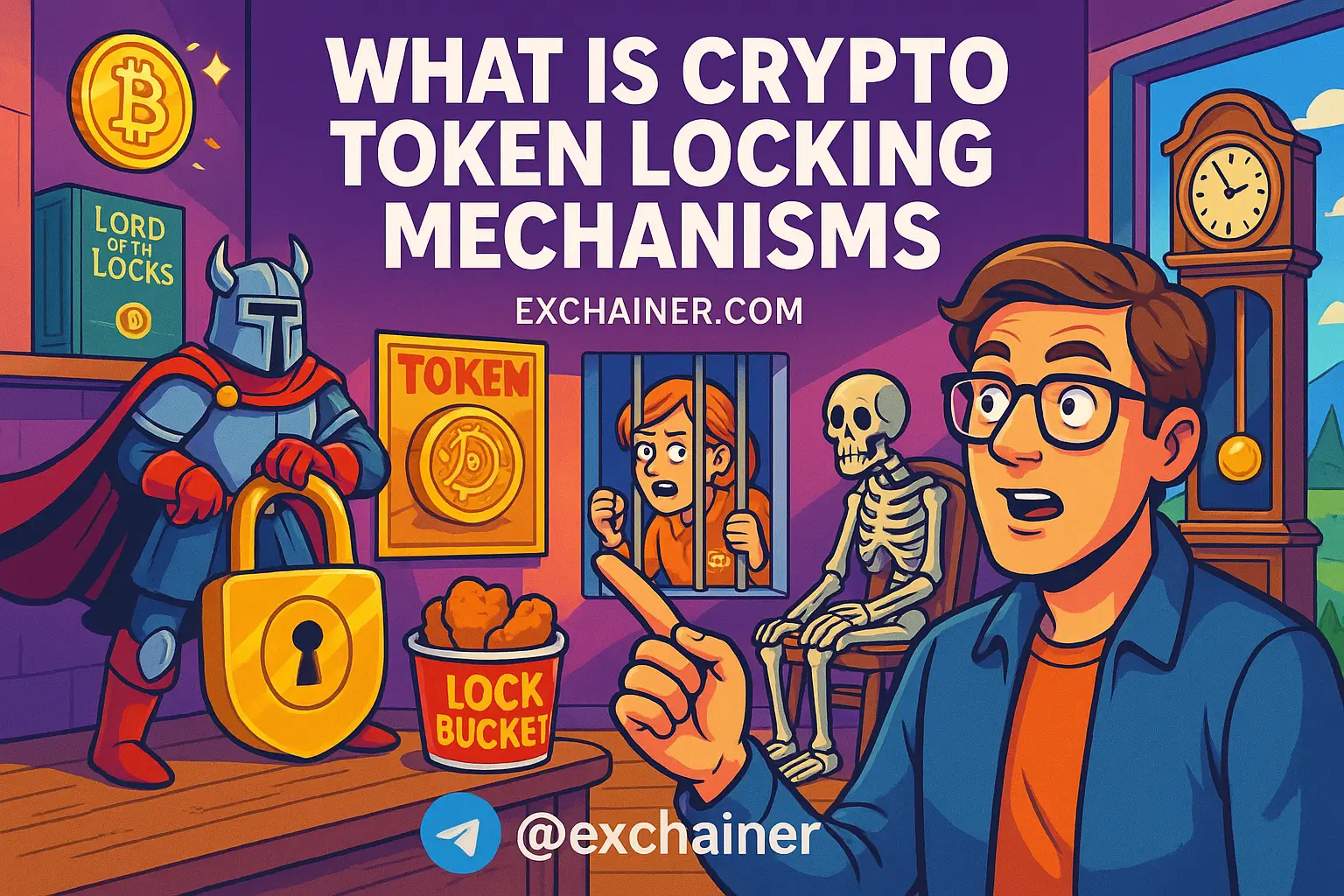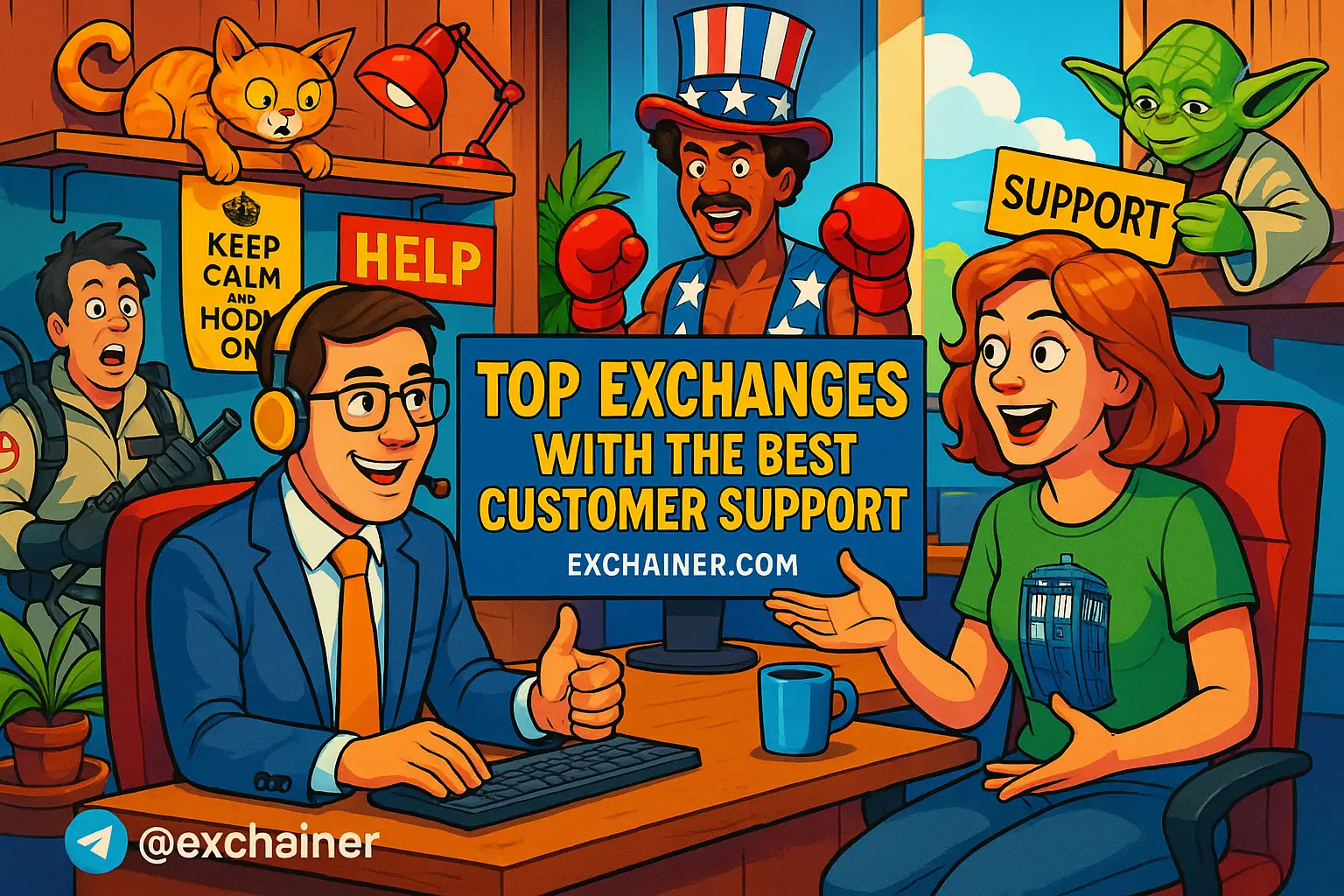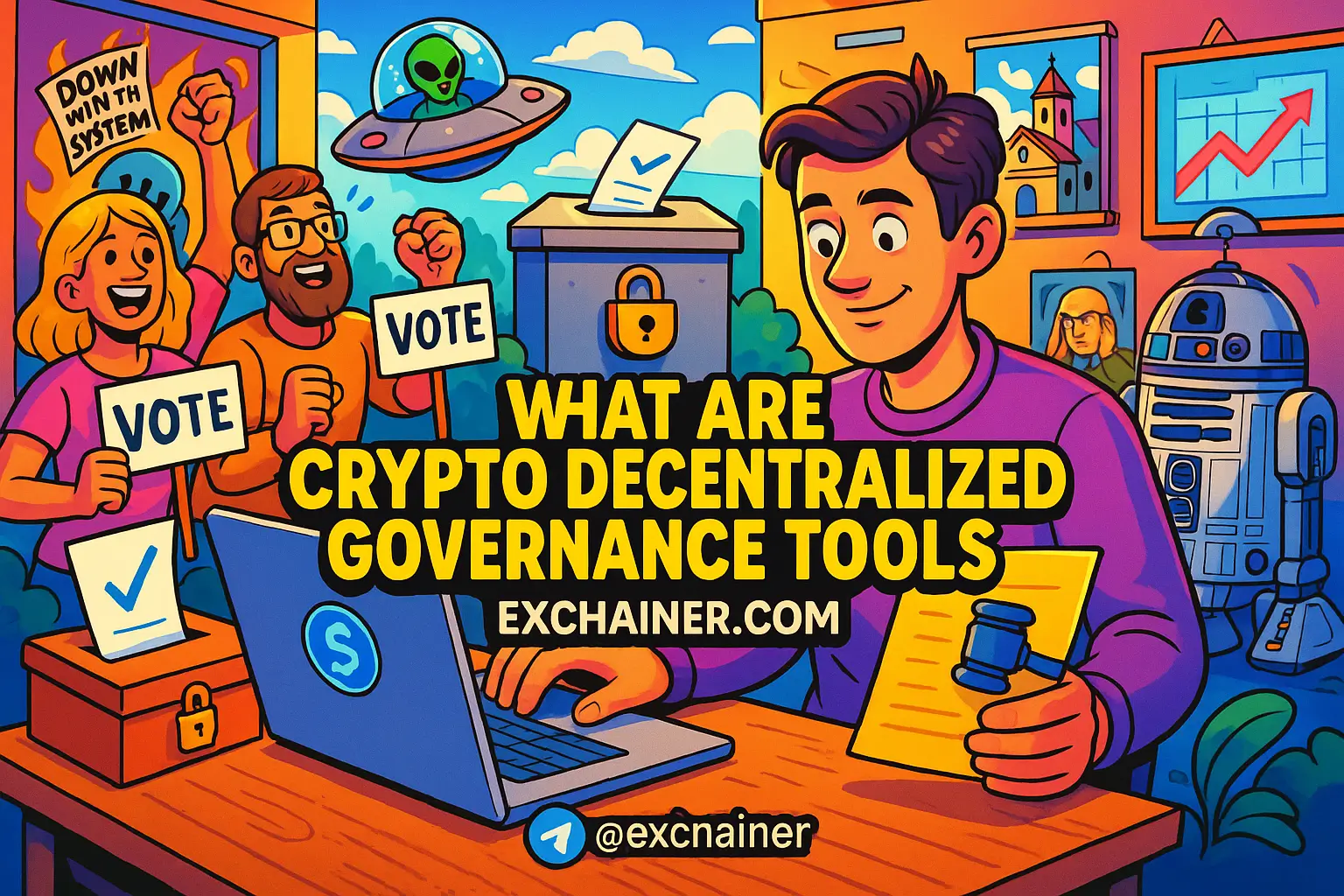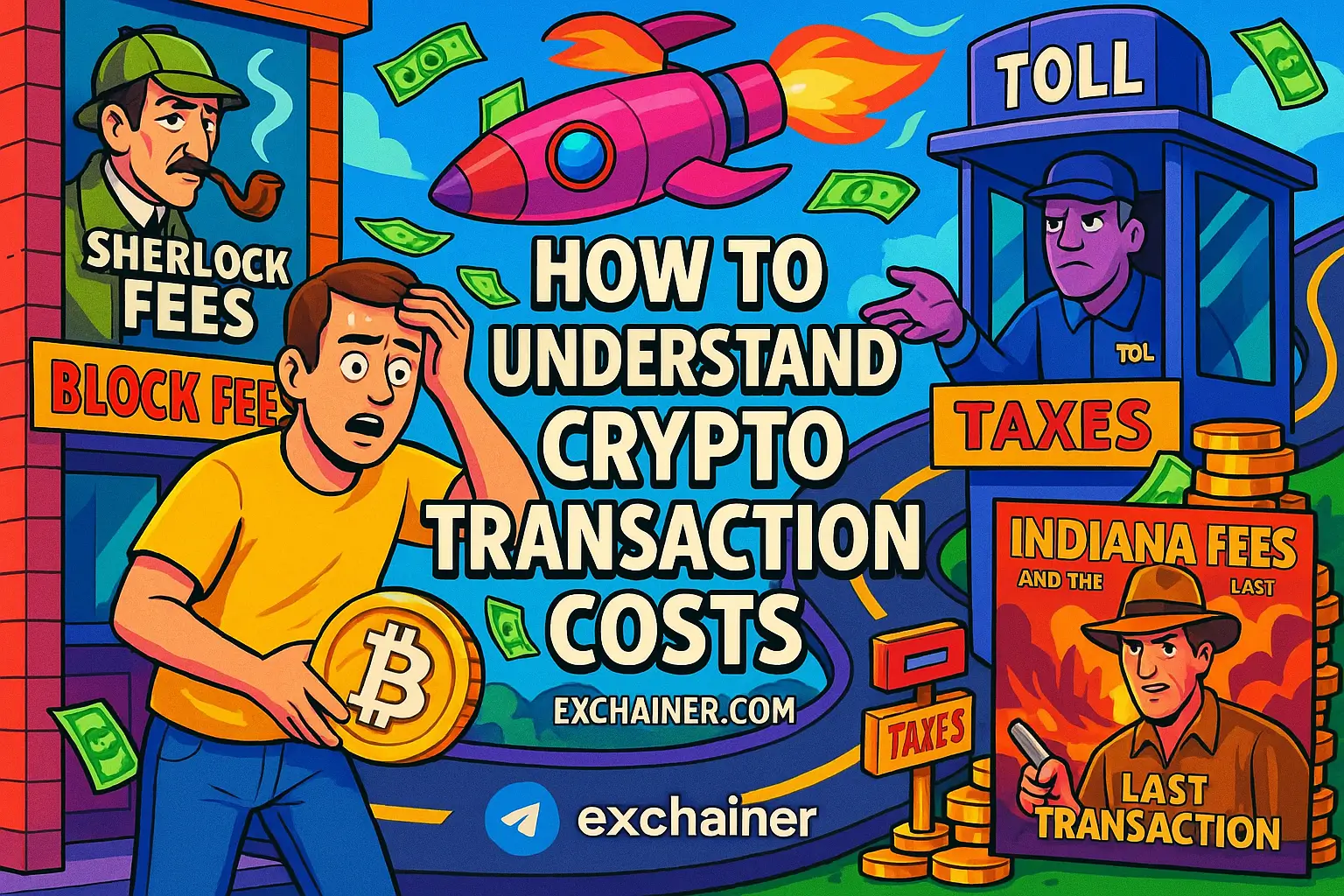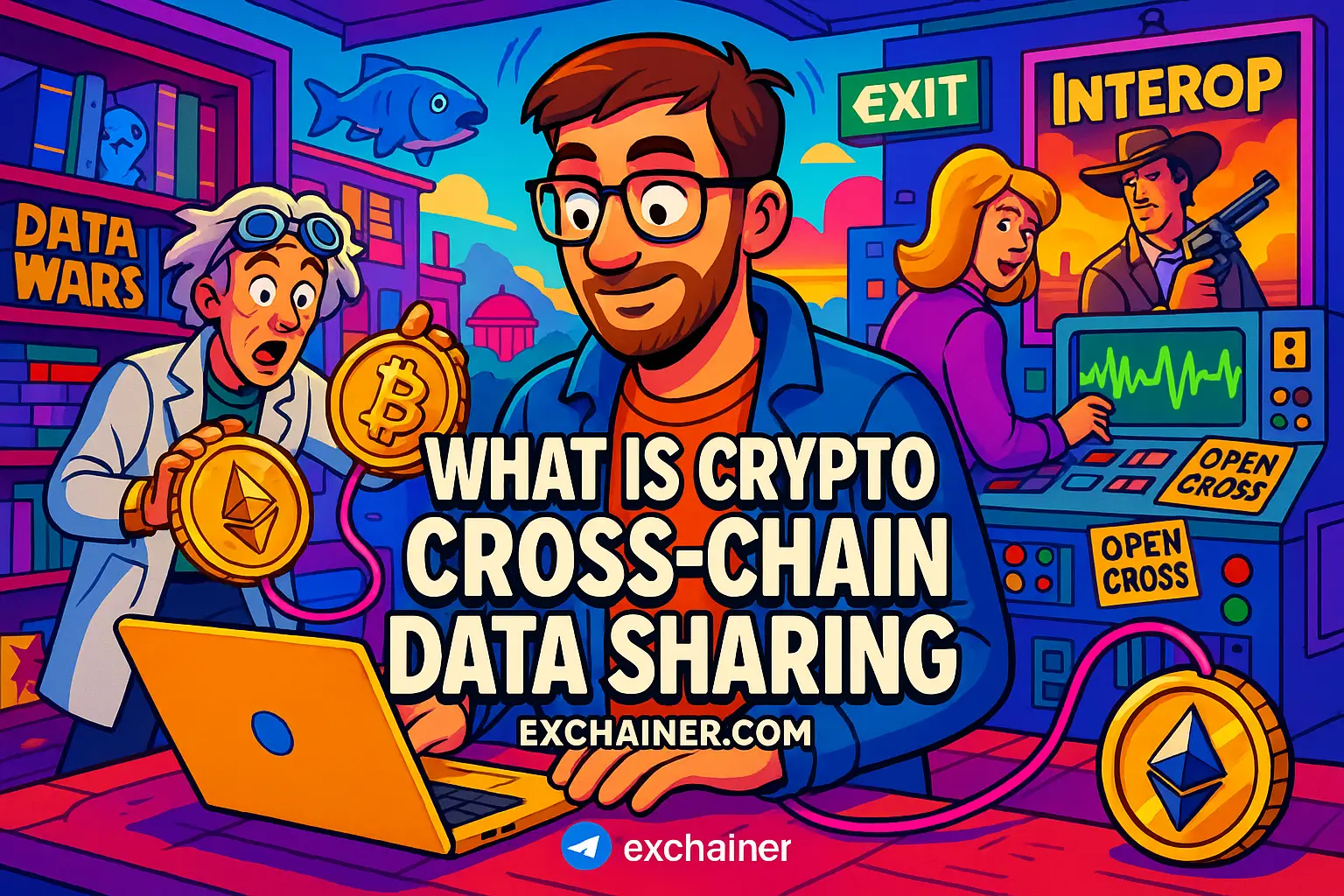Introduction
Friends, if you’ve been curious about the buzz around cryptocurrency and blockchain technology, you’ve likely come across the term decentralized computing. But what does it really mean? This concept is a game-changer not only for digital currencies but also for the entire way we think about data, security, and the future of the internet itself. By distributing computing power and data across many independent devices instead of relying on a single central authority, decentralized computing adds layers of transparency, security, and reliability. It’s a cornerstone for many crypto projects and has opened up new possibilities in how we use technology in our daily lives.
Understanding decentralized computing is crucial whether you’re a crypto beginner or an intermediate user looking to deepen your knowledge. It strengthens the very foundation of blockchain networks like Bitcoin and Ethereum, ensures trustless interactions, and supports innovations like smart contracts and decentralized apps (dApps). So, if you want to grasp what really drives the world of digital currency and why crypto can be so revolutionary, this is your comprehensive beginner guide to the crypto-powered world of decentralized computing.
Stick around as we break down the essentials, provide practical examples, highlight key technical terms, and reveal tips for navigating this exciting cryptosphere. Ready? Let’s dive into the nuts and bolts of decentralized computing and how it shapes the future of crypto.
What Is Decentralized Computing?
The term decentralized computing may sound complex, but at its heart, it’s a straightforward idea. Instead of having one powerful computer or server controlling processes and data, decentralized computing spreads these tasks across a network of many computers, all working together without a single point of failure. Think of it like a community garden where everyone grows a piece, rather than one farmer owning the whole field. This approach naturally increases security and reduces the risk of censorship or centralized failure.
Decentralized vs. Centralized Computing
You might be more familiar with centralized computing—imagine a traditional bank where a central authority has full control over your money and transactions. In centralized systems, one company or organization manages the data, servers, and processes. While this model offers simplicity, it comes with risks like hacking, system failures, and reduced privacy.
Decentralized computing flips this model on its head. Each participant (or “node”) in the system can process transactions, validate data, and maintain copies of information. This eliminates the need to trust a single authority, making the entire system more robust and transparent. For instance, Bitcoin’s network of miners collectively maintains a ledger, ensuring no single player can manipulate the system.
Key Features of Decentralized Computing
- Distribution of resources: Workloads and data are shared across multiple nodes.
- Fault tolerance: A failure in one node won’t crash the entire system.
- Transparency: Everyone can verify the data independently.
- Trustlessness: Participants don’t need to trust each other or a central authority.
- Security: The network resists manipulation or hacking attempts due to its spread-out design.
In crypto, decentralized computing underpins the blockchain by enabling secure, peer-to-peer exchanges of digital currency without middlemen.
How Decentralized Computing Powers Cryptocurrency
Cryptocurrencies like Bitcoin and Ethereum rely heavily on decentralized computing to function. The core concept here is the blockchain—a distributed ledger shared by all participants in the network. Let’s break this down:
The Blockchain as a Decentralized Computer
Imagine the blockchain as a giant, shared spreadsheet. Instead of being on a single server owned by one entity, it’s duplicated and stored on thousands of computers worldwide. Every time a transaction is made, it’s sent to all these nodes, which work together to validate it through consensus methods like Proof of Work (PoW) or Proof of Stake (PoS).
This system ensures that:
- Transactions are secure and irreversible.
- No single entity can change the ledger without consensus.
- The network remains operational even if many nodes go offline.
This decentralized computing arrangement empowers cryptocurrencies to operate outside government control or banks, making digital currency truly borderless and censorship-resistant.
Smart Contracts and Decentralized Apps (dApps)
Decentralized computing doesn’t just handle money — it enables complex programs called smart contracts. Think of a smart contract as a digital vending machine: when the right conditions are met, it automatically executes a transaction without human intervention.
These smart contracts run on decentralized platforms like Ethereum, unleashing a new generation of decentralized apps (dApps) anywhere from finance (DeFi) to gaming and social media. Because they live in a decentralized computing environment, these apps offer transparency, censorship resistance, and security unheard of in the traditional app world.
Real-World Example: Decentralized Finance (DeFi)
DeFi projects take advantage of decentralized computing to offer financial services such as lending, borrowing, and trading without banks. Platforms like Uniswap or Aave run entirely on decentralized networks, ensuring your funds and transactions remain in your control.
In 2024 alone, DeFi protocols managed billions in value, a testament to the trust built by decentralized computing.
Benefits and Challenges of Decentralized Computing in Crypto
Let’s get real—while decentralized computing brings tons of innovations, it’s not without its hurdles. Understanding both sides will help you navigate the crypto space smarter.
Benefits
Security and Trust: Security is enhanced because there’s no “single point of attack.” Plus, you don’t need to trust a middleman.
Reliability: Thanks to multiple nodes, the system rarely goes down. Even if some nodes disconnect, the network keeps running.
Transparency: Everyone can audit the public ledger and understand how data is processed.
Innovation: Developers can build new apps and financial products that are open and accessible globally.
Challenges
Scalability: Decentralized systems can be slower than centralized ones since every transaction is verified by many. This leads to higher fees and slower speeds during peak times.
Complexity: Setting up or maintaining nodes can be tricky, requiring technical knowledge.
Regulation: Governments are still figuring out how to handle decentralized networks, creating uncertainty.
Resource Intensiveness: Some consensus algorithms like PoW consume large amounts of electricity, raising environmental concerns.
Lifehack: Picking Your Crypto Projects Wisely
As a beginner, look for cryptocurrencies and platforms that strike a balance between decentralization, speed, and usability. For instance, coins using Proof of Stake (PoS) tend to be more energy-efficient than Proof of Work (PoW).
Also, try exploring hybrid models or layer-2 solutions (like Lightning Network for Bitcoin) that aim to improve scalability while keeping decentralization intact.
How To Get Started with Decentralized Computing in Crypto
Now that you’ve got the gist, how can you take advantage of decentralized computing yourself? Here’s a simple beginner guide that covers essential steps:
1. Understand the Basics
Start with educational resources to get comfortable with key concepts. Topics like blockchain, consensus algorithms, wallets, and smart contracts are foundational knowledge. Check out our Crypto 101 section for beginner-friendly articles.
2. Choose a Wallet
A crypto wallet allows you to interact with decentralized networks. There are various wallets:
- Hot wallets: Connected to the internet, great for day-to-day trading but less secure.
- Cold wallets: Offline devices, like hardware wallets, offering maximum security.
A wallet connects you to the decentralized computing ecosystem by letting you store, send, and receive digital currency safely.
3. Pick a Decentralized Platform for Trading or dApps
Look for reputable exchanges or platforms supporting decentralized services. You can explore decentralized exchanges (DEXs) like Uniswap or Sushiswap that operate on decentralized computing principles, enabling peer-to-peer swaps without a middleman.
4. Learn About Security Best Practices
Since decentralized computing transfers control to you, protecting your private keys and avoiding phishing scams is critical. Never share your seed phrase, use two-factor authentication, and keep software updated.
5. Experiment with Small Amounts
Start small to get comfortable with transactions and decentralized apps. Explore staking, lending, or swapping tokens on DeFi platforms with limited funds before going big.
Conclusion
Decentralized computing is not just a buzzword; it’s the powerhouse that fuels many groundbreaking innovations in the crypto universe. By distributing power and trust among countless participants, it reshapes our relationship with money, apps, and the internet. Whether you’re intrigued by how Bitcoin operates, want to explore smart contracts, or are curious about decentralized finance, understanding decentralized computing will give you the foundation to navigate this thrilling space confidently.
As with any new tech, there are challenges and risks, but also immense opportunities for growth, freedom, and innovation. If you’re ready to dive deeper and keep learning, check out Exchainer’s Crypto 101 articles for foundations, the Exchange Reviews to pick the best platforms, and our Tools and Wallets section to secure your journey.
Keep exploring, stay curious, and remember — the future of digital currency starts with understanding decentralized computing.
For further insight and updated data on decentralized computing and cryptocurrency projects, websites like CoinMarketCap offer comprehensive stats and trends to fuel your crypto adventure.

